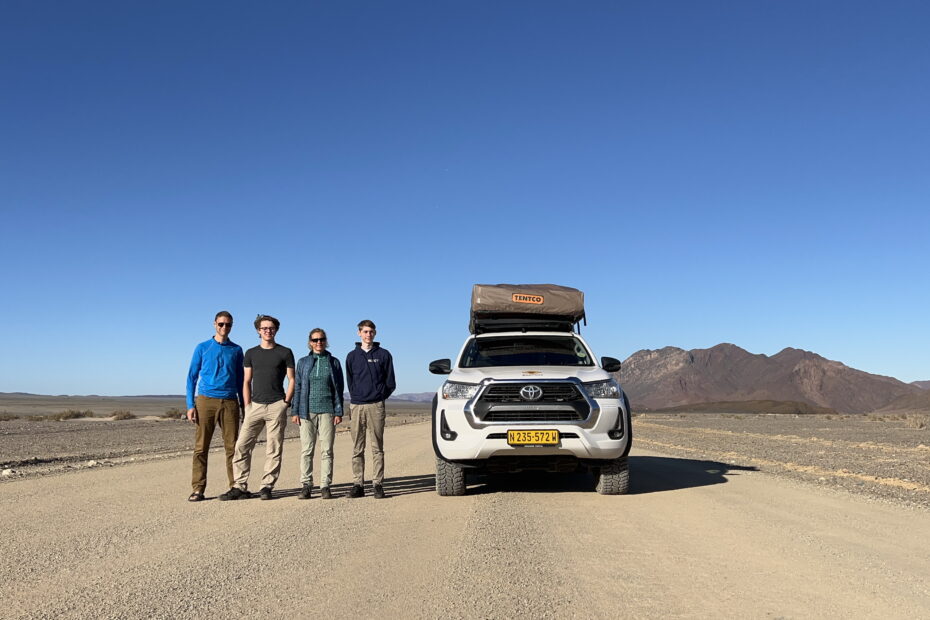Renting a Hilux 4×4 with roof tents and driving in Namibia is very popular. Namibia is a large country, and driving your own car is the easiest way to get around. There are many campsites and good infrastructure to do that. You can find our itinerary for three weeks in Namibia here.
Car rental agencies
There are many agencies that rent Toyota Hilux 4×4 with roof top tents. At a first glance, the cars on offer seem very similar, but the prices vary. We used the Facebook groups to search for other traveler’s experience, and asked friends who had rented before. We decided to rent with Bushlore, which is a bit above the average in terms of price. Their vehicles are brand new, and the equipment that comes with them seem to be of good quality. We also found out, that they are able to offer quick and efficient mechanical assistance in remote areas when needed. We could see from the many other cars we met on the road, that Asco and Africar are popular choices.
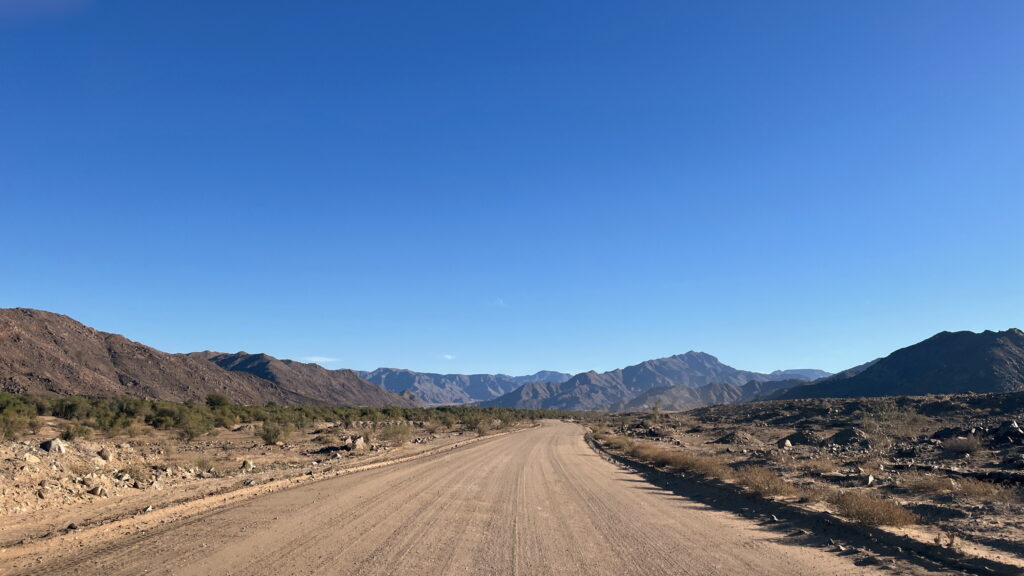
Camping equipment and instructions
We were picked up by a Bushlore agent when we landed, and driven to the office in Windhoek, where the car was ready for us. It took an hour and a half to go through the instructions for using the car. They had laid out all equipment on the ground around the car, and it was a part of the instruction that we placed the items in the car, so that we knew where it was and how to use it when needed. That worked well. We received instructions on how to fix punctures, dig out the car from loose sand, inflate and deflate tires.
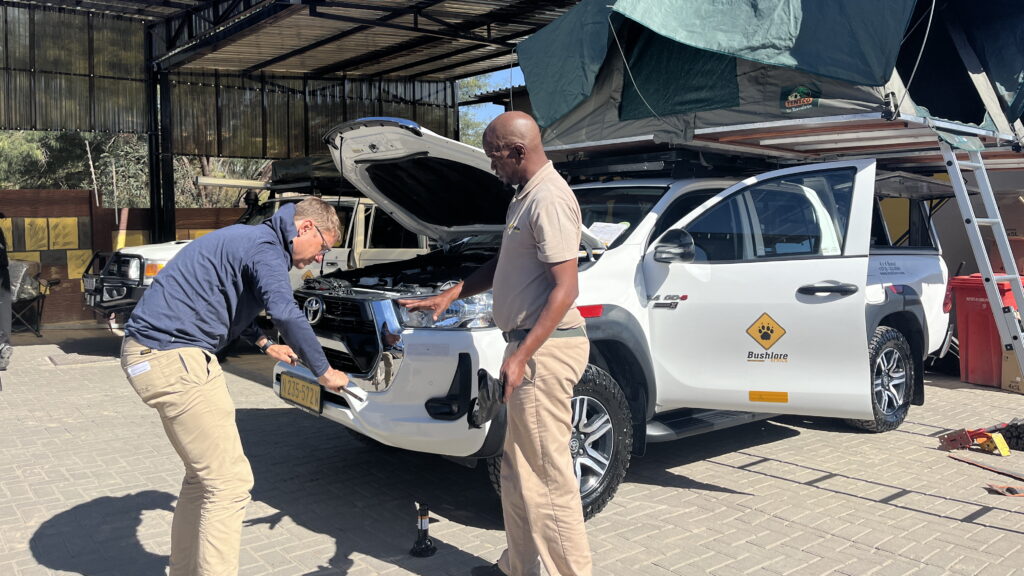
The car comes with kitchen facilities, a 60 liter water tank and 140 liter diesel tanks. Bushlore’s cars have a large drawer in the rear that makes it much easier to organise luggage and equipment. The car comes with chairs, a table, gas burners, and everything else needed to be self sufficient on the road. Bushlore have a a full list on their webiste. We were equipped to be on our own for days.
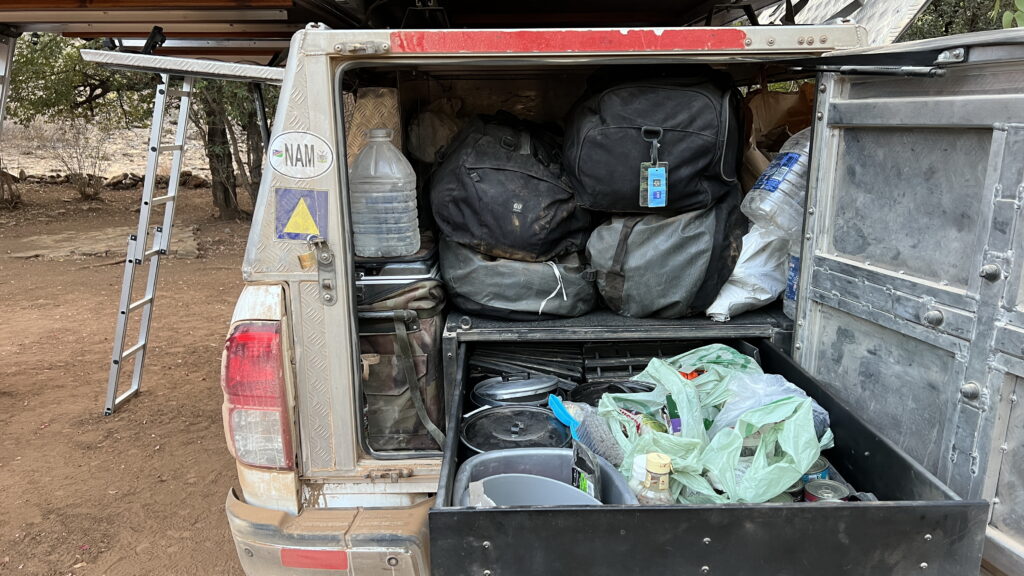
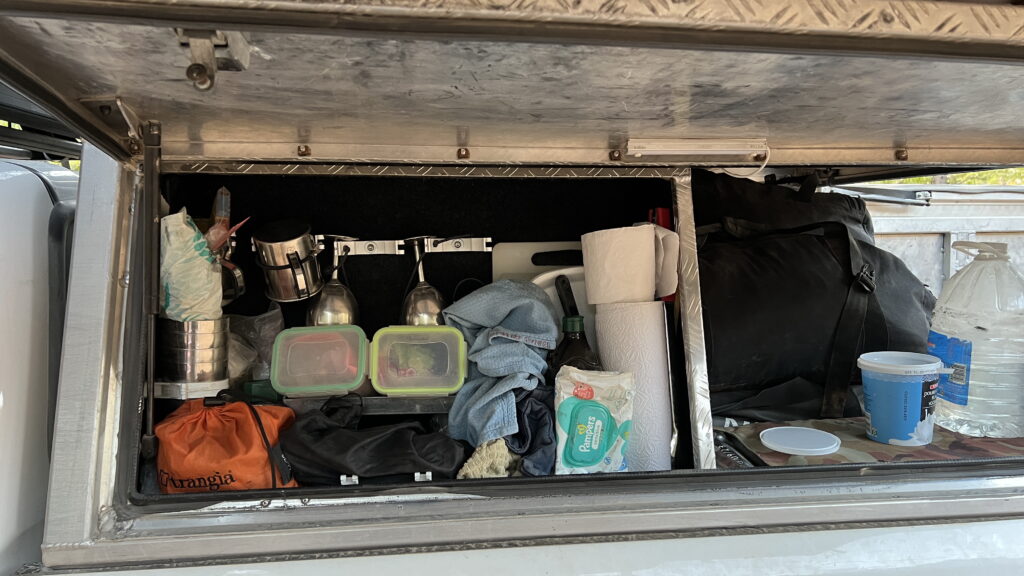
Driving in Namibia
You drive on the left in Namibia. There is generally very little traffic. Roads close to the main cities are paved, but most of the roads were drove were gravel roads. Gravel roads in Namibia are wide and very well maintained. The speed limit is 100 km/h on gravel, and 120 km/h. The Bushlore agent instructed us to stay 20 km/h below the limit, and that seemed like a reasonale speed. We read that solo accidents happen, when drivers loose control of their vehicles on the gravel roads, so it is wise net to speed.
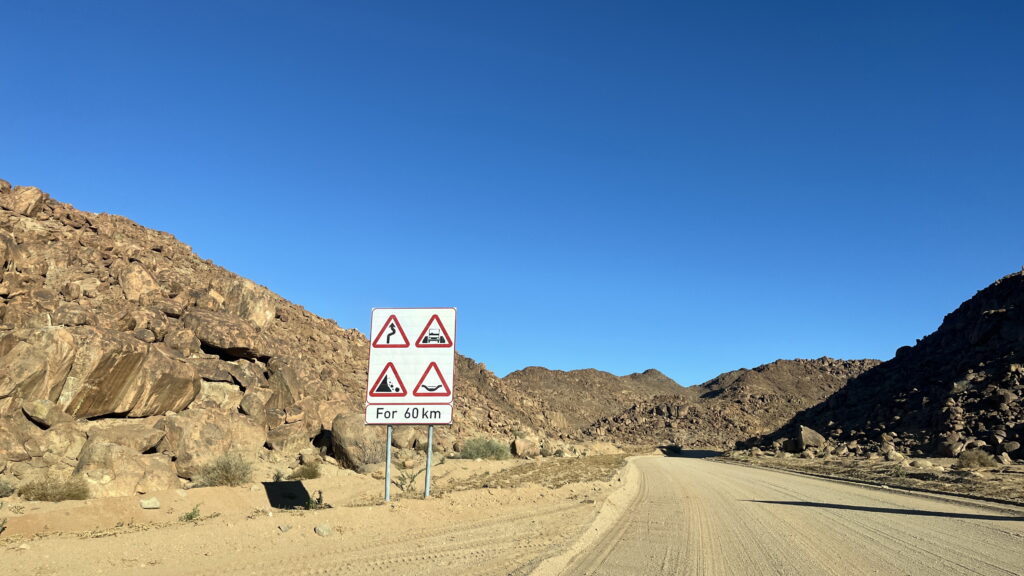
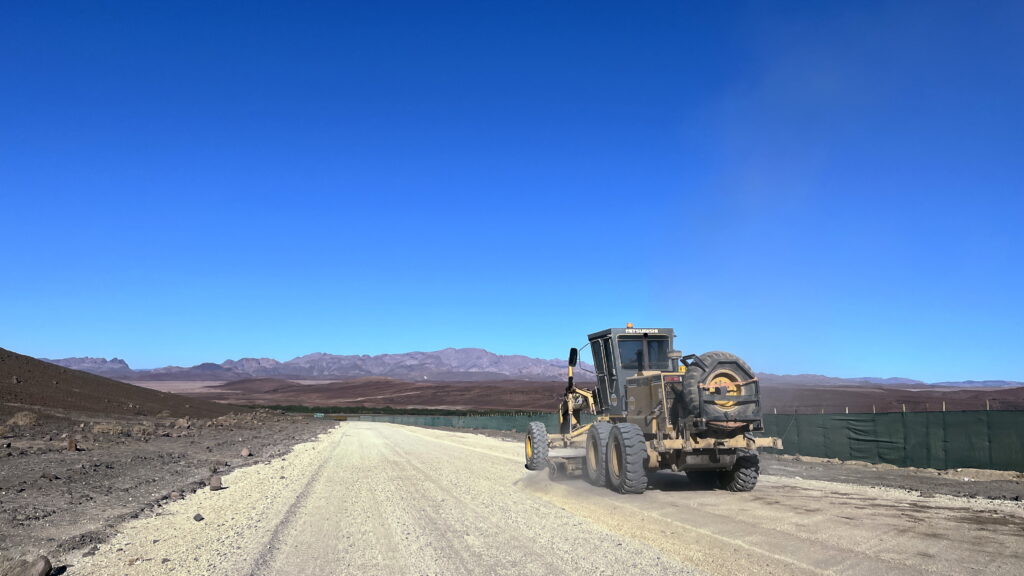
Even though the gravel roads are of good quality, it is dusty and bumpy to drive them. Does does not enter the cabin of the car, but the rear canopy was full of fine dust after the first day. Expect everything that is not is sealed bags to be dusty. And obviously that car and tents get dirty, so every time you unfold or fold back the tents, you’ll be dusty.
Changing tire pressure
You need to change tire pressure when the road surface changes. Asphalt, gravel and loose sand requires different pressure. The compressor that comes with the car is powered by the 12 V battery of the car, so it is necessary to open the hood for that. The staff at gas stations will also happily do it for a small tip. We did this where it was possible, as it was faster and simpler.
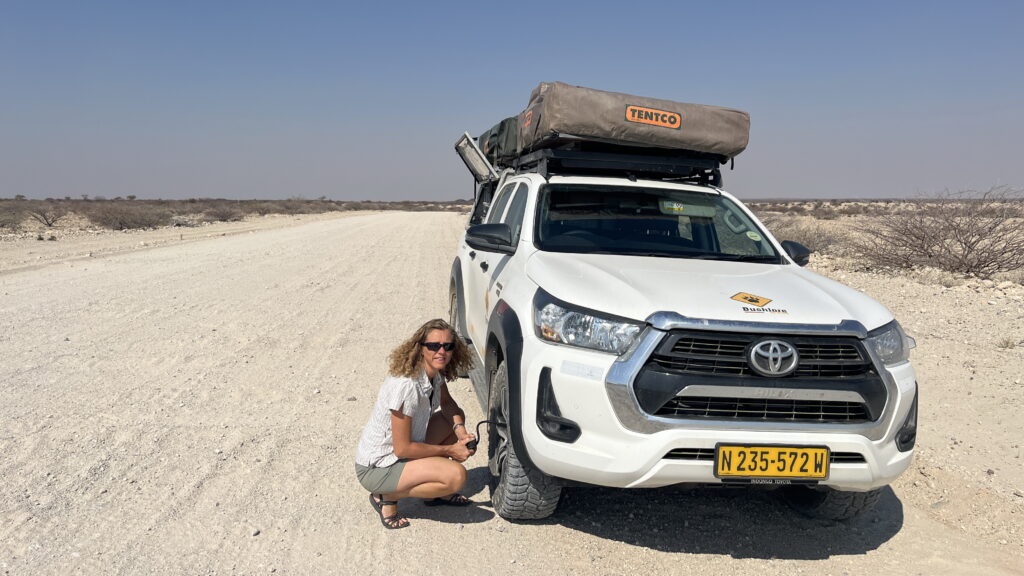
Mechanical assistance
We had two situations where we need mechanical assistance. The first time was when the brackets supporting the rear tent collapsed. We called Bushlore’s emergency phone number, and they arranged for a mechanic to be ready for us in the next small town we passed. We were in a remote part of Damaraland, and were impressed how well that worked.
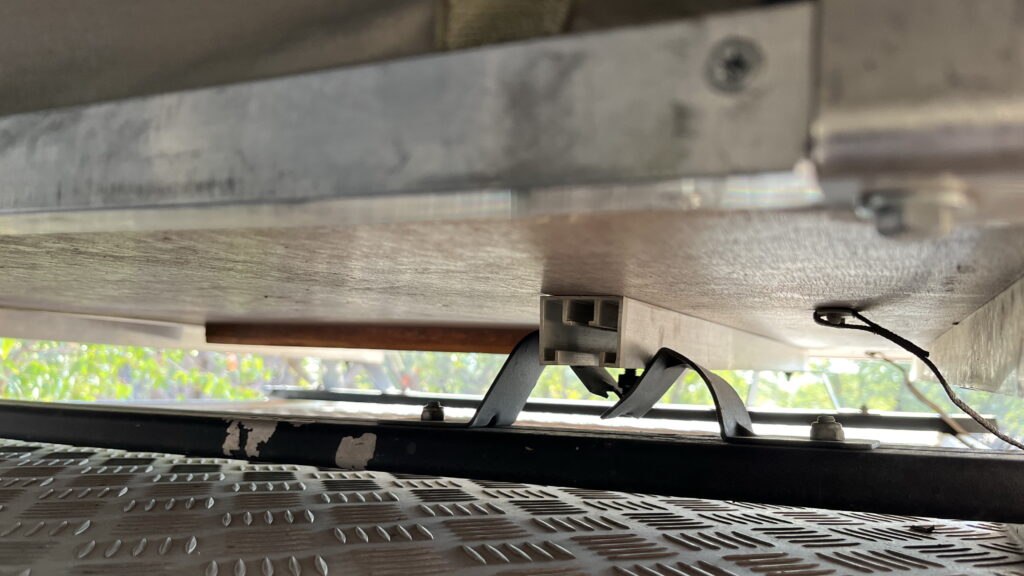
The second situation was in Etosha, when we noticed that two out of three bolts that support the spare wheel had fallen off due to vibrations. Again, Bushlore were able to arrange a mechanic to help us. In this situation, the mechanic came to us in the early morning on the campsite, and was able to weld new bolts in place within an hour and a half.
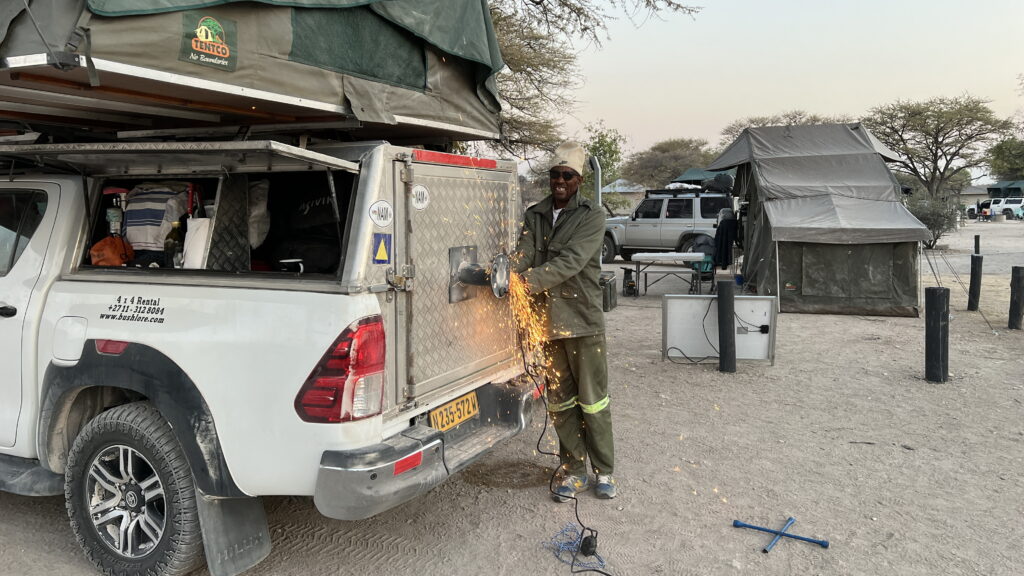
Police encounters
Around Windhoek and Etosha we saw lots of traffic police with speed cameras. In one situation we were stopped at place where the speed limit changed from 120 km/h to 80 km/h. They showed us the radar that clearly said that we had been driving 93 km/h when we passed the sign where the limit was reduced. They were polite and professional, and get ready to pay the fine. The officer asked us about our trip, and decided to cancel the fine as it was our first time in Namibia. In general, all police officers and other officials we met were very professional.
